What do you see when you imagine a future when autonomous vehicles (AVs) roam wild in our cities? Does it look like the above? An orange sun setting over pristine streets. Self-driving cars, buses, and shuttles mingling delicately with people among rows of verdant trees. Overhead, drones swarming happily carrying precious cargo. You stroll down quiet, walkable streets, enveloped in a sense of calm.
You might be right, but I think it’s going to look more like this:
Wall-E is Pixar’s prophetic vision of our AV future.
In this post we’ll cover:
How the need for a driver creates excess space and capacity in vehicles.
How car design prioritizes the driver
What “unbundling” the car entails—and how it’s already underway.
What our AV future could look like
How Much Car Do You Use?
74.9% of workers in the US commute alone, taking up only 25% of a typical four-seater. Cars are idle 95% of the time. 63% of Ford F-150 owners (best selling car in the US) never use their truck for towing and 32% never use the truck bed.
We buy cars based on their imagined maximum utility—Vans to carry half of the youth soccer team, trucks for towing lumber over rugged sites, hatchbacks for moving furniture on college move-in day. We rarely use all that car.
Mass transit is “efficient” because it maximizes the passenger-to-driver ratio. By consolidating riders along fixed routes and major hubs, a single driver can transport a large group. That’s why trains are more efficient than buses are more efficient than rideshares… usually. Mass transit is wasteful when running at below capacity. An empty bus still has to run the route while burning more fuel, taking up more space, and carrying more unused capacity than a car.
Vehicles require drivers. Without one, there’s no mobility. Vehicles are sized to accommodate a driver plus the maximum anticipated number of passengers. A family of 6 with 1 driver needs a van, even if most of the time it’s used by one person to commute.
What’s A Car Without A Driver?
Cars are tailored for the driving experience. BMW’s tagline is “The Ultimate Driving Machine”, not “The Ultimate Passenger Machine”. No matter where the car goes, the driver must follow. Car and driver are so conceptually bonded that there’s a publication named exactly... Car and Driver. Actors are hired to show us that it’s desirable to drive all that unused space around. Go ahead, buy that Lincoln MKZ, finally a vehicle spacious enough to fit all your manhood.
Humans are not good drivers. 94% of motor vehicle accidents are caused by driver error. Safety ratings are based on crashworthiness and crash avoidance (when the driver crashes their vehicle into another vehicle or structure, or the vehicle’s ability to avoid a crash). Huge metal boxes crashing into each other is obviously dangerous, claiming about 46,000 lives and causing 5.2 million injuries annually in the U.S.
Cars are big because we must be protected from our own bad driving. In a crash, the bigger car wins. Because America loves winners, we love our big cars.
We are buying bigger and bigger cars, driving around more and more unused space, because cars today:
Require a driver
Must protect that driver from themselves and other drivers
Can only transport passengers and goods with a driver present
Cars today are designed the way they are because they must be driven. If we separate car and driver, we can design transport without consideration for the driver and focus on the thing we’re transporting.
Autonomous Vehicles separate the concept of a car from the need for a driver.
Unbundling the Car
Unbundling breaks down a product or service into its essentials, delivering value tailored to specific needs without superfluous extras. Unbundling cable means I only pay for internet, skipping TV and Phone (COX > Honest). Unbundling albums means I can listen to that one banger without paying for the whole album (CDs > iTunes). The popular image above shows how many businesses are unbundled Craigslist, creating immense value by focusing on a narrow purpose.
AVs unbundle mobility from the car-driver paradigm. Without drivers, crumple zones and safety cages may become obsolete. Storage (the trunk) and seating (the passenger area) can be separate vehicles altogether. Rather than fitting driver-centric cars with passenger amenities, we can design vehicles from scratch for specific passengers or cargo.
Unbundling in Practice
In food delivery, the only requirement is getting food from its source to your doorstep. Everything else adds no value.
There is actually a term for this, Necessary Non-Value-Added Activities (NNVA). Customers do not like paying for NNVA, and reducing it is a driving force in unbundling.
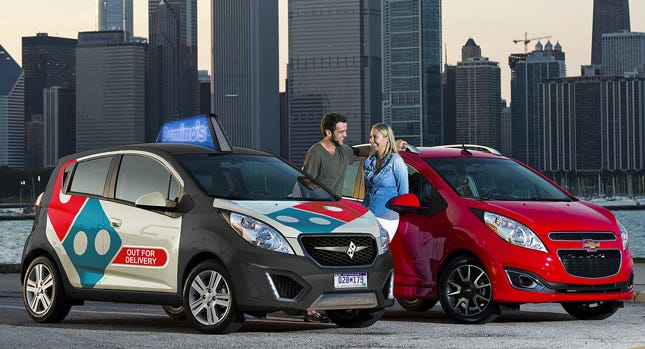
Car-based food delivery has the most NNVA:
The driver, instruments, and car controls
All that car to protect the driver
All the usual trappings of a car needed for driver comfort (AC, radio, cup holders)
All the space that’s not holding the food (because food delivery is time sensitive, we can’t wait for full capacity)
All that gas needed to move the not-food around with the food
Vehicle maintenance (parking, repairs, depreciation)
Personnel (employee) maintenance (paychecks, breaks, benefits)
We’ve already trimmed this waste. In urban areas, food delivery pivoted to mopeds, shedding much of the car’s NNVA:
The driver, instruments, and controls
Minimal driver protection (helmet) and comfort (clothing)
Minimal space not holding food (backpack)
Lower gas requirements from moving less weight
Lower vehicle maintenance requirements from smaller vehicle (more easily found street parking, less to repair, less to depreciate)
Lower Personnel maintenance (contractors - no paid breaks, no benefits)
The driver costs weight and space. AVs can reduce NNVA even further by reducing the vehicle to only what’s needed to move the food:
Driving computer, sensors, controls
Protected cargo space for food
Lower energy requirements from smaller vehicle
Lower vehicle maintenance (no driver accident risk, no non essential wear and tear)
With AVs, we can tailor mobility to each use case. The AV is a fraction of the size of the car or moped while delivering the same amount of cargo. Food delivery is a service. As long as the food gets from point A to B, what delivers it is inconsequential to the consumer. The driver is a cost not a value add. Consumers will gravitate towards the lower cost option as it becomes more widely available.
A Driverless Future
Transportation is riddled with underutilization and NNVA for two reasons: mobility depends on drivers, and humans are error-prone. AVs resolve both, unlocking a wide range of possibilities.
It’s Soon Possible to Design Mobility Without the Driver in Mind
Nearly every vehicle today is driven. Our popular imagination of a self driving car is just a normal car that somehow drives itself. Our entire transport ecosystem is designed assuming a driver is inevitable and must lug around excess capacity regardless of need.
Because cars are designed around the driver and our transportation network designed around the car, there will be a ton of ripple effects we can’t predict. The future is going to get weird.
It’s Plausible That Vehicles Can Get Much Smaller
Much of a car’s bulk stems from protecting human drivers from deadly crashes. Remove the driver, and that bulk becomes waste.
Robotic warehouses have a gridded layer that’s packed with autonomous vehicles. In one shown in this video, the robots are controlled by a “hive mind” that manages the robot swarm. Thousands of them zoom past each other picking products from the storage columns below. Notice how small these robots are. It’s more efficient to have many robots each performing point-to-point tasks.
We can extrapolate this to roads and cities. Without the cost or risk of human drivers, vehicles can work much closer together, at faster speeds, on tighter road networks. 30% of the urban surface is dedicated to roads with another 20% for off street parking. Widespread adoption of AVs in cities could lead to significant reallocation of space from vehicle use to human use. With AVs and smaller vehicles, we could squeeze even greater spatial efficiency and throughput from our transportation network.
It’s Probably Not Going to Happen Anytime Soon
When we design vehicles without the driver, they can be smaller, more efficient, and more cost effective. When we can design our entire mobility network without the driver, we shed the necessary waste of underutilization and NNVA. This could be a seismic change in how mobility works and what our built environment looks like. However, there are two major headwinds: Job loss and driver identity.
Labor unions are often fierce opponents of automation. We know automation works in ports because the Delta Dedicated North Terminal in the Netherlands, the world’s first fully automated port, has been adopting automation technology since 1993. In New York, L line automation was walked back after push back from unions… in 2005. One of the core demands of the 2024 ILA strike is a complete ban of automation from port work. There’s 3 million truck drivers, 388,000 public transportation workers, 1.6 million delivery drivers, and many other driving jobs in the US. That’s lot of jobs at stake. Automation means jobs are lost, and when your job is at risk, you fight back. Companies like Uber and Lyft utilize independent contractors, so there’s less collective bargaining pushback. Waymo (AV taxi) has apparently already caught up to Lyft in SF because of their cool factor and nicer cars. In mobility areas where unionization has been held off or job loss is minimal (like private vehicles), we’ll likely see a rapid evolution in AVs towards higher quality and cheaper service.
Driving is so deeply American that the driver’s license issued by each state is our standard form of identification. Once we get into our cars, we can go anywhere we want. Cars symbolize freedom. We deck out our trucks to off-road even if we never leave the asphalt, because one never knows when freedom calls. Widespread AV adoption means we may have to collectively give up driving. In all likelihood, we will resist. You can pry my freedoms from my cold, dead hands.
The Ultimate Passenger Machine
Look at this Beauty. It doesn’t need cargo space, because cargo moves separately in a different vehicle. It doesn’t need protection because there’s nothing to protect against. It has everything you need and nothing that you don’t. It can get you from where you are and where you need to go, even if you don’t know where you are and where you need to go. There’s no extras. It’s just a pure, purpose designed, machine for moving.
Driverless-ness defines what our unbundled AV future looks like. It’s going to change more than just cars.
This post was inspired by our interview with Evan Shieh on the Most Podern Podcast — A fascinating dive into how AVs will reshape our cities.

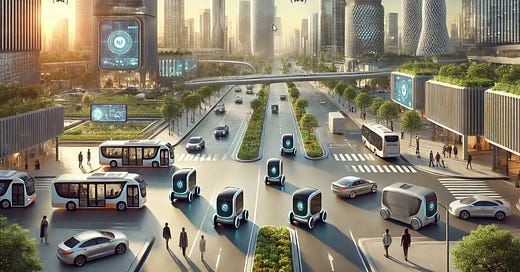



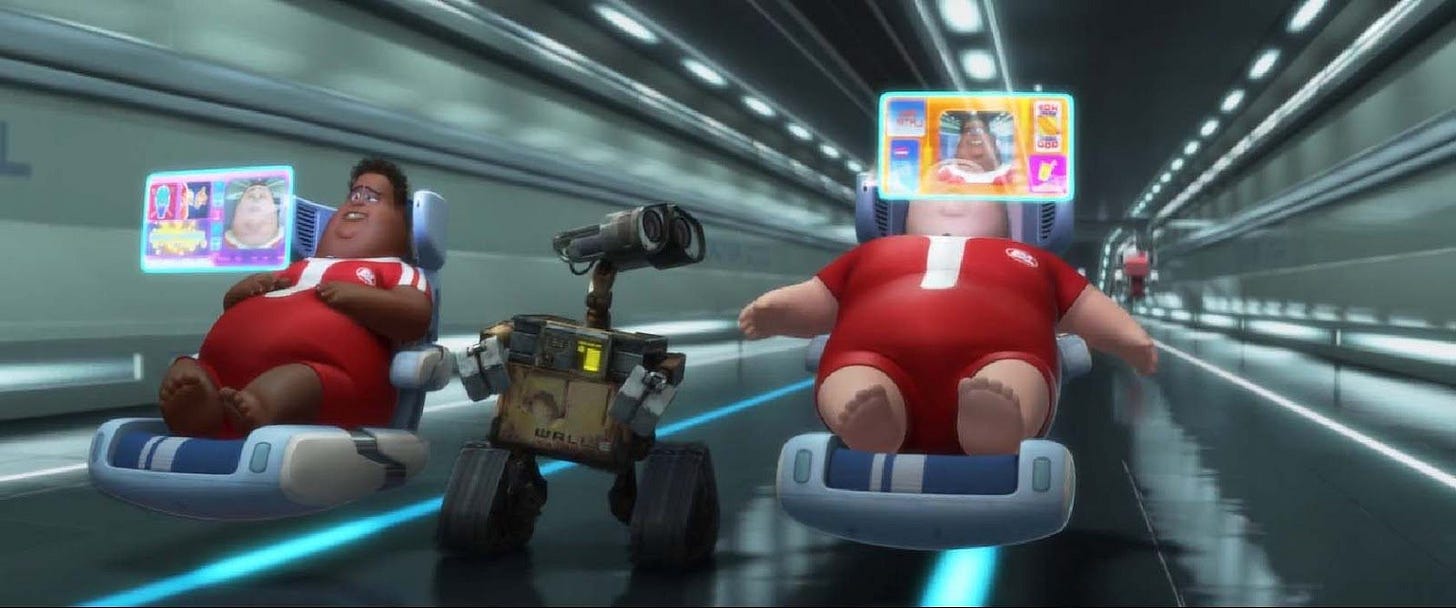

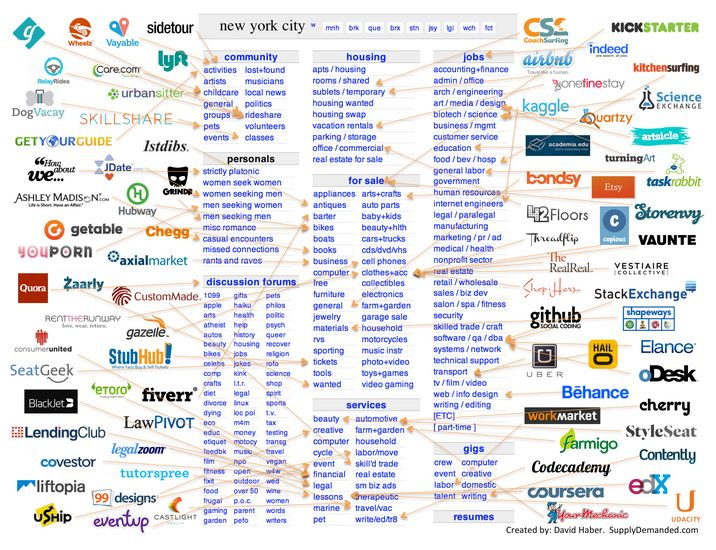
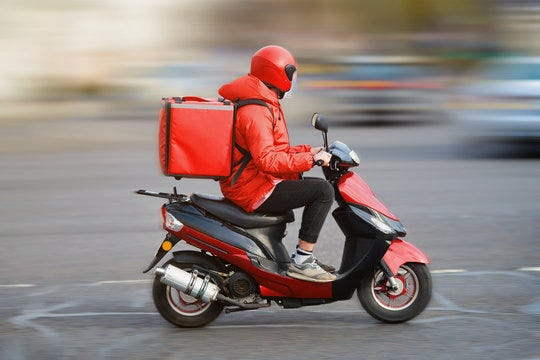
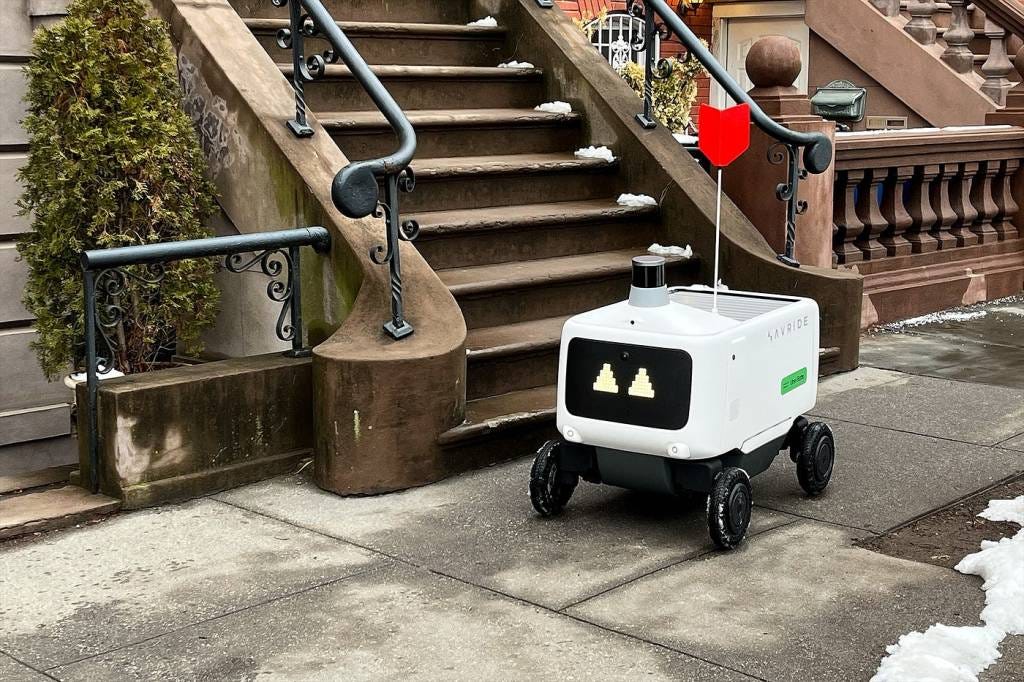

It cannot be understated how big of an influence Hollywood, and especially the Science Fiction genre, has had on real world Urban Design